Honolulu Stadium was located at the southwest corner of King Street and Isenberg Street in Honolulu, Hawaii. The ballpark was constructed in 1925 by local businessman J. Ashman Beaven, who served as general manager of the stadium from 1925 until 1939.
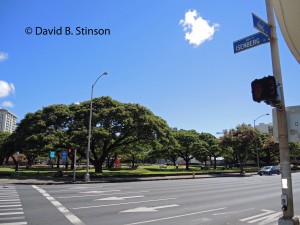
Honolulu Stadium was caddy-corner to Moiliili Field, which was located at the northeast corner of King and Isenberg Streets. Moliili Field was one of the primary locations for amateur and semi-pro baseball in Honolulu prior to the construction of Honolulu Stadium.
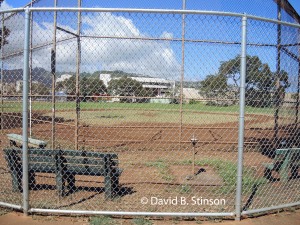
In 1925, Beaven formed the Hawaii Baseball League, and a new semi-pro baseball league, and in 1927 the league began playing games at Honolulu Stadium.

In addition to amateur and semi-pro baseball, Honolulu Stadium quickly became the main venue in Honolulu for outdoor sport activities such as football and boxing. In the 1930s, Beaven brought baseball teams from other countries such as Japan and Korea to play at Honolulu Stadium. In 1933, Babe Ruth played an exhibition game at the stadium. Honolulu Stadium also hosted college football’s Poi Bowl from 1936 to 1939 and and Pineapple Bowl from 19389 to 1941 and 1947 to 1952. In 1957, Elvis Presley brought the precursor to his Aloha From Hawaii Concert to Honolulu Stadium.
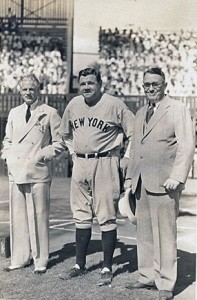
During World War II, many major league stars played at the ballpark as part of their military teams, and in 1944, the Brooklyn Dodgers and New York Giants played an exhibition game at the stadium. Major League teams and stars continued to play exhibition games at Honolulu Stadium after World War II, including the New York Giants in 1953, the Eddie Lopat All-Stars in 1954, the New York Yankees in 1955, and the Brooklyn Dodgers in 1956. In addition to Babe Ruth, other future Hall of Famers who appeared at Honolulu Stadium include Lou Gehrig, Jimmy Foxx, Joe DiMaggio, Pee Wee Reese, Eddie Mathews, Roy Campanella, Casey Stengel, Mickey Mantle, Yogi Berra, and Jackie Robinson.
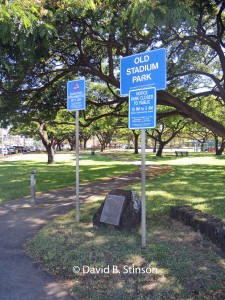
In 1961, Honolulu Stadium became the home field of the Pacific Coast League Hawaii Islanders. Over the course of their history in Hawaii, the Islanders were affiliated with the Kansas City Athletics in 1961, the Los Angeles Angels from 1962 to 1964, the Washington Senators from 1965 to 1967, the Chicago White Sox in 1968, the California Angels from 1969 to 1970, the San Diego Padres from 1971 to 1982.The Islanders departed Honolulu Stadium after the 1975 season.
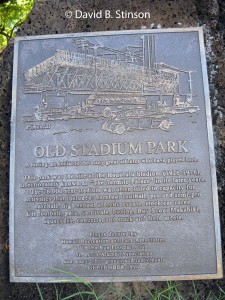
The ballpark was demolished in 1976. A plaque at the former site states: “Old Stadium Park. A lasting memorial to the many great athletes who have played here. This park was the site of the Honolulu Stadium (1926 – 1976), affectionately known as “The Termite Palace” in its later years. The 26,000 seat stadium was often filled to capacity for activities that included: barefoot football, pro and semi-pro baseball, high school athletic events, stock car races, UH football, polo, carnivals, boxing, Boy Scout Makahiki, aquacades, concerts, and track and field meets.”
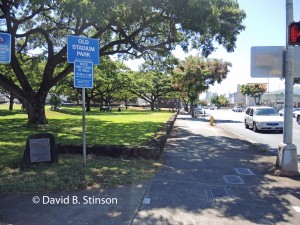
The plaque honoring Honolulu Stadium is located near what was once the ballpark’s left field corner, as well as its main box office, at the intersection of King and Isenberg Streets. Center field was once located along Isenberg Street, south of Citron Street.
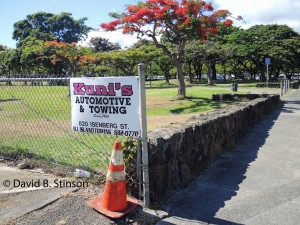
The main grandstand and home plate were located on King Street, just west of Makahiki Way.
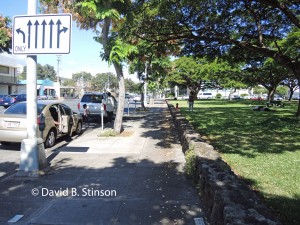
A row of buildings paralleling Makahiki Way sat between the street and the ballpark. Many of those buildings remain at the site today.
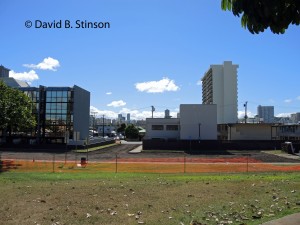
An outer wall on the stadium property that separated those buildings from the stadium grounds also remains at the site.
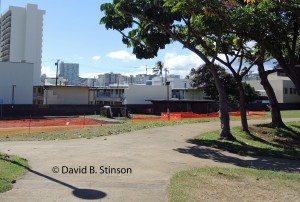
Old Stadium Park is 14 acres of parkland and mature shade trees located in urban Honolulu.
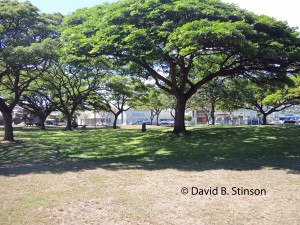
A playground in the park is located in what was once left field.
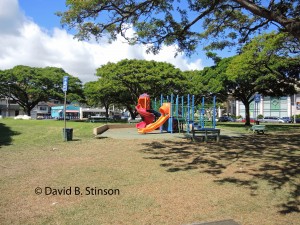
A concrete patio and picnic area is located in what was once center field.
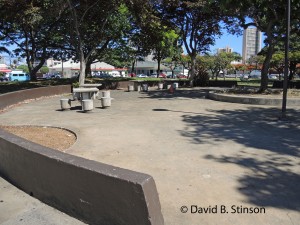
A covered picnic area is located in what was once right field.
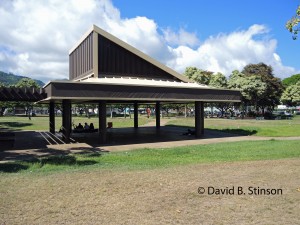
There are many buildings that surround the ballpark site that date back to the time of Honolulu Stadium, including the distinctive Bowl-O-Drome which opened in the 1950s and currently sits vacant.
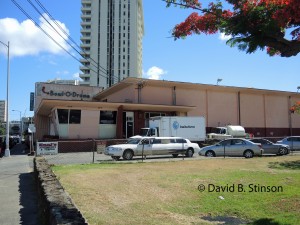
Many of the buildings along King Street also date back to the time of Honolulu Stadium.
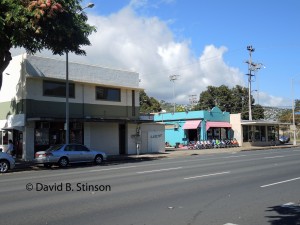
In 1976 the Pacific Coast Hawaii Islanders moved to brand new Aloha Stadium, where they played up through the 1987. The Islanders also played some of their home games in 1986 and 1987 at the University of Hawaii’s Les Murakami Stadium. The 1987 season was the last year of professional baseball in Hawaii.
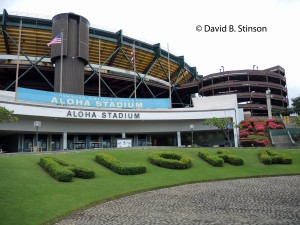
It seems a shame that professional baseball no longer is played in Hawaii, given the year round picture perfect weather offered there. If you find yourself on vacation, and in need of a baseball fix, you can take a trip to Old Stadium Park and the former site of Honolulu Stadium. If the timing is right, you might also be able to catch a college game at the University of Hawaii’s Rainbow Stadium (currently Les Murakami Stadium). For more information about Honolulu Stadium, see Arthur Suehiro’s extremely informative book Honolulu Stadium: Where Hawaii Played which provided much of the historical information contained herein.
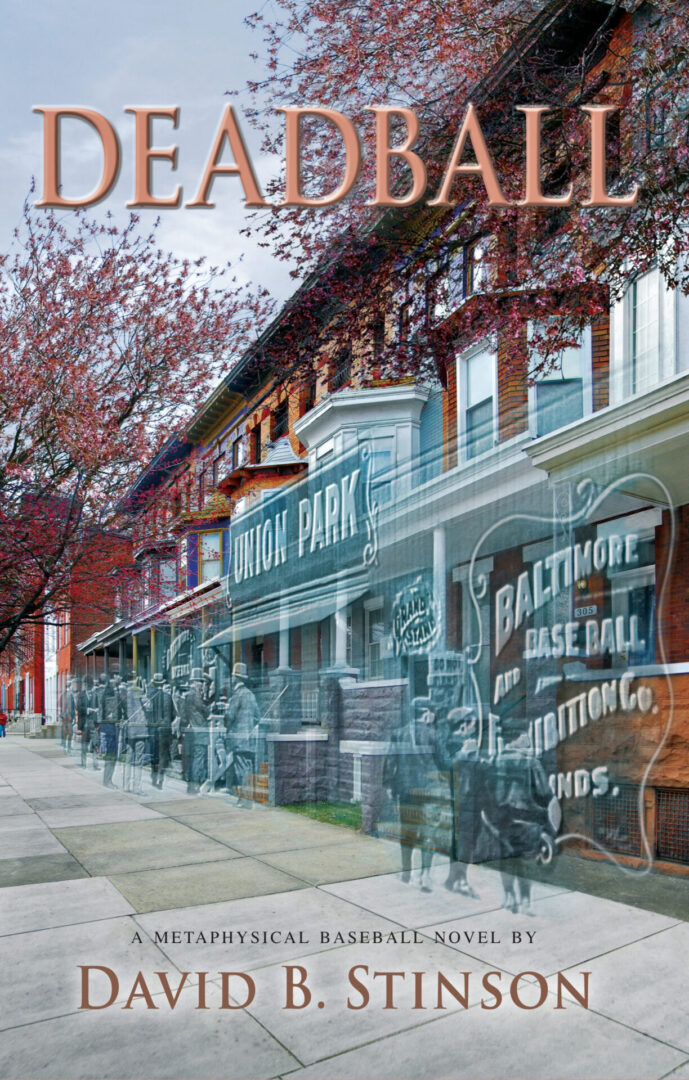

[…] Stadium opened in 1976 as a multi-purpose stadium, replacing Honolulu Stadium as the island’s main outdoor sports arena. Honolulu Stadium was located 10 miles southeast […]